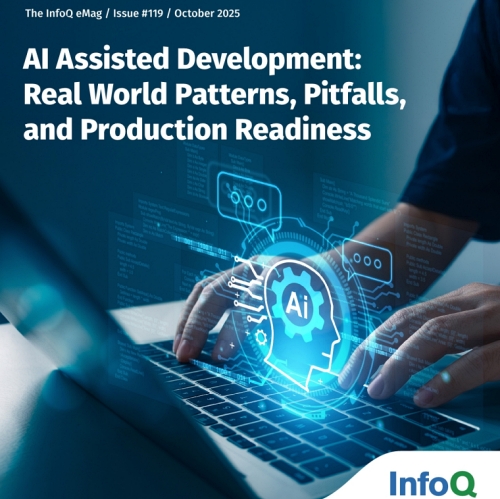LASTIST: LArge-Scale Target-Independent STance dataset
PositiveArtificial Intelligence
The introduction of the LASTIST dataset marks a significant advancement in stance detection research, particularly in artificial intelligence. This new dataset is designed to be target-independent, allowing researchers to explore stances without being limited to specific targets. This is crucial for developing models in low-resource languages like Korean, where existing datasets are scarce. By broadening the scope of stance detection, LASTIST opens up new opportunities for understanding public opinion and sentiment across diverse languages and contexts.
— Curated by the World Pulse Now AI Editorial System






